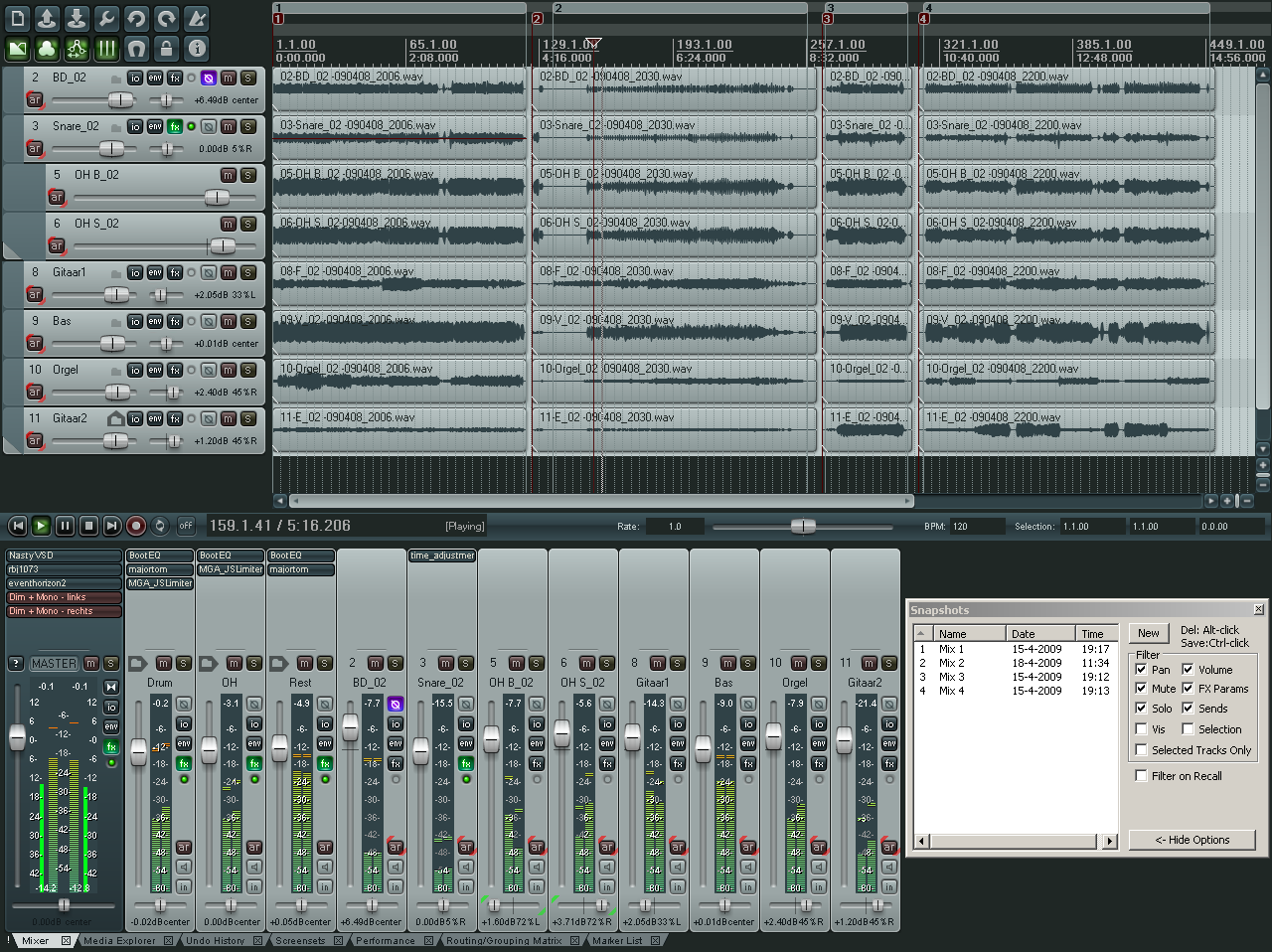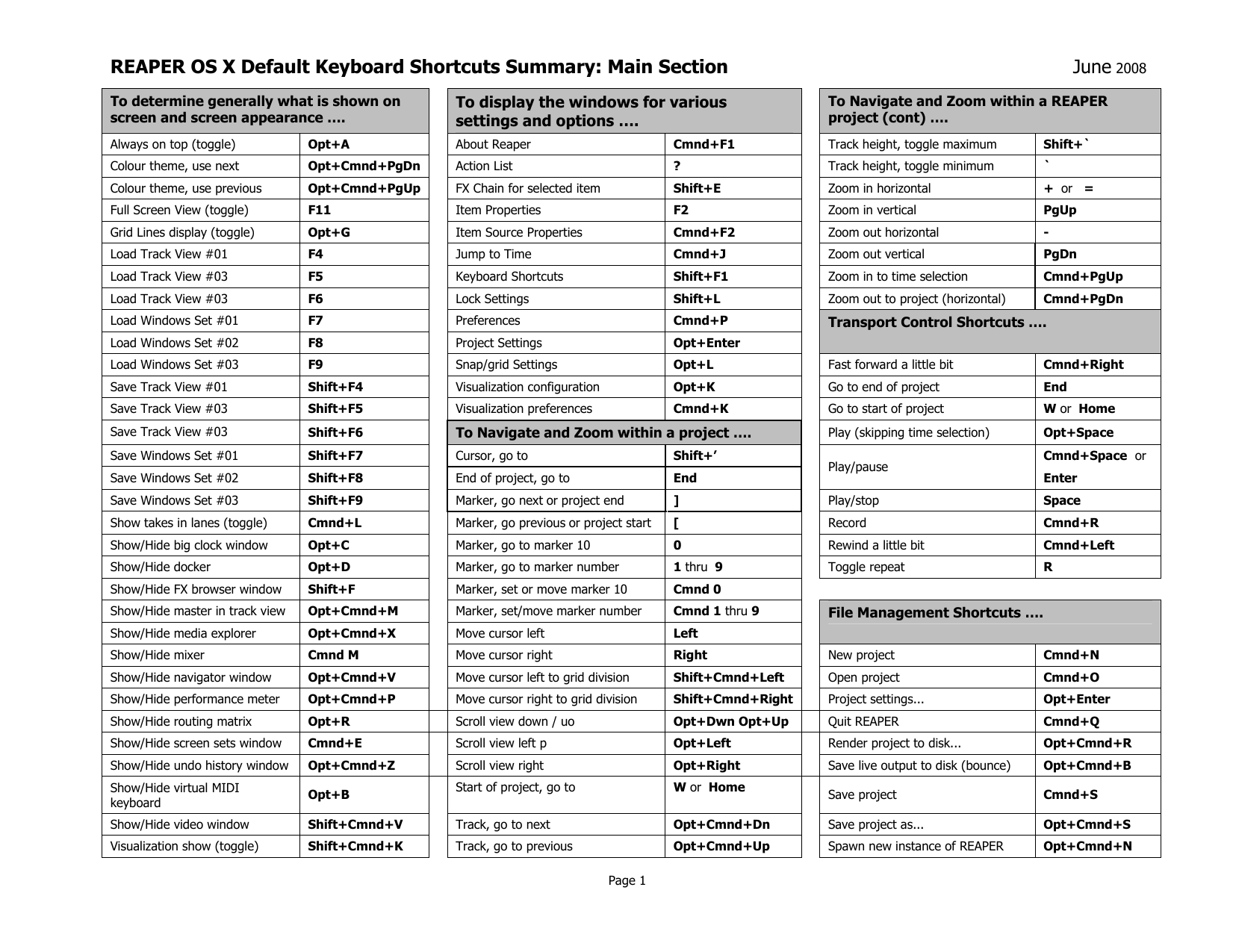
Normalisation (which for first order Ambisonics simply means that theįour channels have a uniform gain normalisation).Ī majority of the binaural solutions only take into account HRTF The ambiX convention lists the channels using the Ambisonics Channel.B-format (FuMa) lists the channels in order: W, X, Y, Z.Microphone might pick up along that axis). The X, Y, Z AmbisonicĬhannels contain information about the sound field along theĬorresponding axis (they essentially represent what a figure-of-eight

Is X: back to front, Y: right to left, and Z: bottom to top. Listener at the centre of the field, the axis direction convention used The Ambisonic field is defined on a set of 3D axes (X, Y, Z). 2nd order Ambisonics requires 9 channels and 3rd order Ambisonics requires 16 channels. For DAWs like Reaper where you select the track channel count, rather than the explicit type of track, the plugins detect the track channel count and operate in the highest Ambisonic order allowed by that number of channels. For DAWs like Pro Tools you explicitly select the type of Ambisonics track and the plugins will detect this. The plugins automatically detect the type of Ambisonics-capable track that they are placed on. Rotate it: see Ambisonic Input Controls for details. Please see the FB360 Converter plugin section for more details.ĭepending on how your recorded your B-format audio you may need to The Converter plugin also allows for converting up Ambisonic orders with a gain that can be applied to the upper harmonics.

if the main output of your project is to be in first order, then you can undo this gain by setting the envelopment slider to 0.27. This gain is automatically applied when the Envelopment value is set to its default of 0.1. When using the spatialiser plugin in first order B-format mode an additional gain boost is applied to the XYZ channels of the first order signal. To counteract this, a gain adjustment is required to optimise the FOA signal for playback as part of a second order Ambisonic field. Using first order Ambisonic signals within a higher order Ambisonic field can result in the lower order signal sounding more smeared out and diffuse. The output of the Spatialiser plugin and for exporting the spatial The Spatial Workstation uses 2nd or 3rd order ambiX as We will refer to this convention asī-format (ambiX). This is characterised by a differentĬhannel ordering and weighting.

Another major feature is that an Ambisonic mix canīe dynamically decoded to incorporate the listener’s head rotation.Ĭurrently, first and second order Ambisonics is widely in use.įirst order requires four channels of audio, which is often called B-format. Only one Ambisonic recording or mix needs to be made for multipleĭifferent use cases. Other end-user formats for consumption, e.g. Number of interdependent audio tracks which can be decoded into various
#REAPER PRO TOOLS KEY COMMANDS LIST FULL#
Reconstruct a full 3D audio mix based on the user’s head orientation.Īmbisonics is a way of describing a full 3D sound field. tbeįormat which can be used with the FB360 audio engine within your app to

Your DAW and then export the mix into a range of formats, includingĪmbisonics used by popular 360 and VR video platforms and the. Spatial Workstation allows you to position sounds in 3D space within Technology, as found on virtual and augmented reality devices. Problems of binaural audio can be overcome with head tracking Overcome the ambiguity of spatialisation. (or the objects that are creating such sounds) into our line of sight to Influenced by multiple factors, including the listening environment and HRTFs work by filtering an audio signal to recreate theĬomplex cues that help us, as humans, localise sounds. Real-time binaural audio works using HRTFs (or Head Related Transferįunctions).


 0 kommentar(er)
0 kommentar(er)
